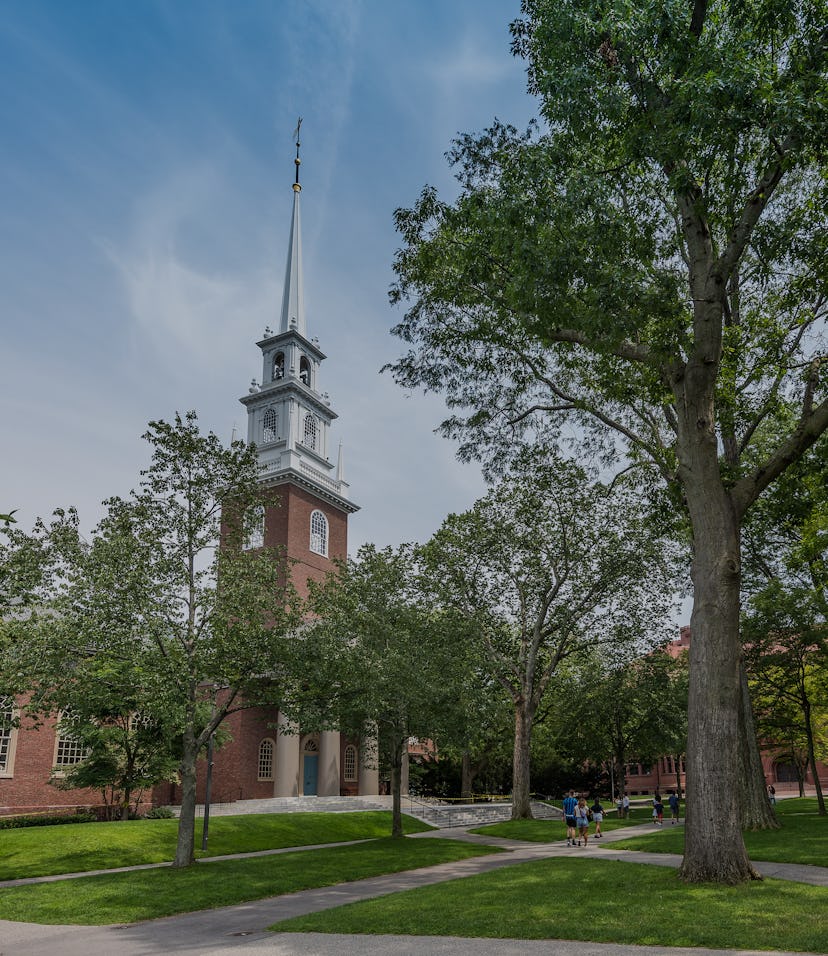Tech
Enrollment algorithms are making higher education a hellscape
A new paper shows how they 'contribute to the crises of student loan debt, college dropout, and racial inequities.'

Higher education is facing a series of increasingly dire crises in the United States. Student loan debt is still rocketing ever upwards; student dropout rates are higher than ever; racial inequalities across campuses are dire and often treated as trivial. A new paper published in the Tech Policy Press reveals that algorithms used for boosting revenue via enrollment numbers are making these issues much, much worse.
Enrollment algorithms are created with the goal of building “a better mousetrap,” according to three different vendors interviewed for the paper. These algorithms are not meant to build a better system — they’re created for the express purpose of making a university or college more money. The focus on this numbers game is meant to bolster the university’s coffers, not improve its student body.
“If it is not already clear,” Alex Engler writes, “when industry representatives talk about using enrollment algorithms to build a better mousetrap, the students are the mice.”
Fewer scholarships, more enrollment — These enrollment algorithms help universities play with a delicate balancing act. Institutions of higher education want to bring in lots of students, but not just any students: They want students that would be willing to accept enrollment while being offered less financial assistance.
That’s where the algorithms come in. They’re built to predict how much a university can low-ball a prospective student while still getting them to enroll. The algorithms work, bringing in exactly the students these institutions need to make hordes of cash. So they keep using them. And it’s students who get left behind in the equation.
Students get the short straw — Engler points out the fundamental flaw with this thinking, namely that the amount of funding a student receives doesn’t just affect their intent to enroll — it also affects their likelihood to graduate. One study cited by Engler found that students with just $1,000 in extra unsubsidized loans reduced the likelihood to graduate by over 5 percent.
Right now only 62 percent of full-time college students graduate within six years, and dropouts leave with an average of $14,000 in debt. “Considering the high percentage of college students who drop out with debt they are unable to pay,” Engler writes, “it is a matter of national concern that hundreds of higher education institutions may be optimizing scholarships to entice students to attend, rather than to succeed or graduate.”
As you might expect, these enrollment algorithms are also quite biased. The AI spits out numbers based on what it’s fed, which means Black and other minority students are treated differently than white students.
Where do we go from here? — It’s unlikely, given their success, that universities will stop using enrollment algorithms. Engler’s solution is instead about being more thoughtful in how the algorithms are implemented in admissions systems.
The most pressing change, Engler says, is for colleges and institutions to stop awarding need-based aid and enrollment status based on these algorithms. Those decisions should be made based on merit and financial standing, and final review should all be done by humans.
Engler suggests that colleges and universities would also do well to look at how their funding offers might affect a student’s ability to succeed, too. Otherwise the student is destined to be just another number for or against the school’s revenue stream — not a living, breathing human working to learn and graduate.